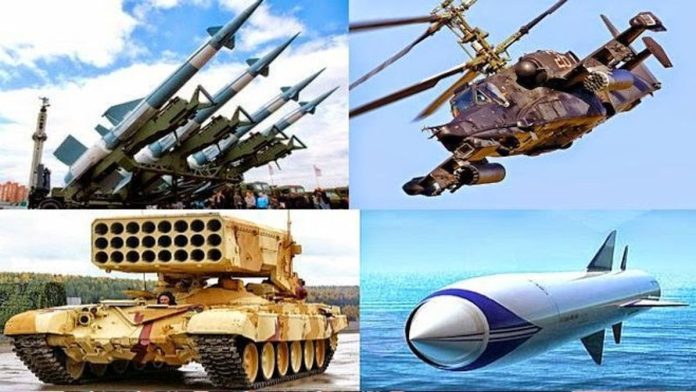- Modern-day warfare has undergone tremendous changes over the past couple of decades even as technology-driven initiatives have assumed centre stage dictating the security establishment’s strategies. The most advanced nations have not only strengthened their defence preparedness in commensurate with the emerging challenges from different fronts but also not flinching one bit by investing big money in research and development as well. Not only advanced nations but even developing and not so developed countries too would not mind allocating substantial funds to strengthen their respective defence establishments.

PC: Eshan Bajal
- The safeguarding of sovereignty is non-negotiable and non-compromisable for any country. Where does India stand on the matter? India is a huge country whose demography is spread wide and far and has to contend with two arch-enemies on its western and eastern borders, respectively. Our defence forces are highly motivated and have proved their mettle whenever the call of duty beckoned since independence. The valour displayed by our military personnel is well acknowledged and documented. The moot point to ponder over here is whether the Indian military is keeping abreast vis-à-vis modern warfare and at par with the enemy next door.
- Remember, our biggest challenge emanates from the eastern side i.e. from China whose misguided aggression, misadventure, intransigent and abrasive demeanor in claiming international territories has assumed greater proportions of late. The world community is quite aware of this situation. In a strategically significant admission, the navy chief has recently mentioned that India’s second indigenous aircraft carrier could be a repeat order of the recently commissioned India Aircraft Carrier-1 or INS Vikrant. This means that the proposed IAC-2 would most likely not be the 65,000-tonne carrier that was initially planned and will be around the sub-45,000-tonne range. This decision might have strategic implications.

PC: Livemint
- Undoubtedly, this has ramifications for our ambitions to have a blue water navy and obtain deep-strike capabilities. Simply put, the bigger the carrier the more equipment and offensive platforms like fighter jets and attack helicopters can be packed with. The 40,000-tonne IAC-1 can carry about 35 aircraft. A 65,000-tonne carrier can carry almost 50 aircraft. A huge tactical difference. China’s two indigenous aircraft carriers are both above 60,000-tonnes. Understandably, the cost does play a big factor in determining the final shape of the carrier. Sadly, given budgetary constraints, both on account of competing social welfare programmes and the armed forces’ huge salary and pension bills, the navy might be ultimately forced into a compromise on critical military platforms.
- The Indian security apparatus is cognisant of this challenge. Truth be said, the Indian economy must grow faster if it is to meet its strategic military needs and challenge China, especially in the Indian Ocean Region. Mind you, China has the largest navy in the world. To even pose a semblance of challenge to our neighbour, it becomes inevitable to have a heavy-load aircraft carrier in the 60,000-tonne category in our inventory. Indeed, the size does matter.






